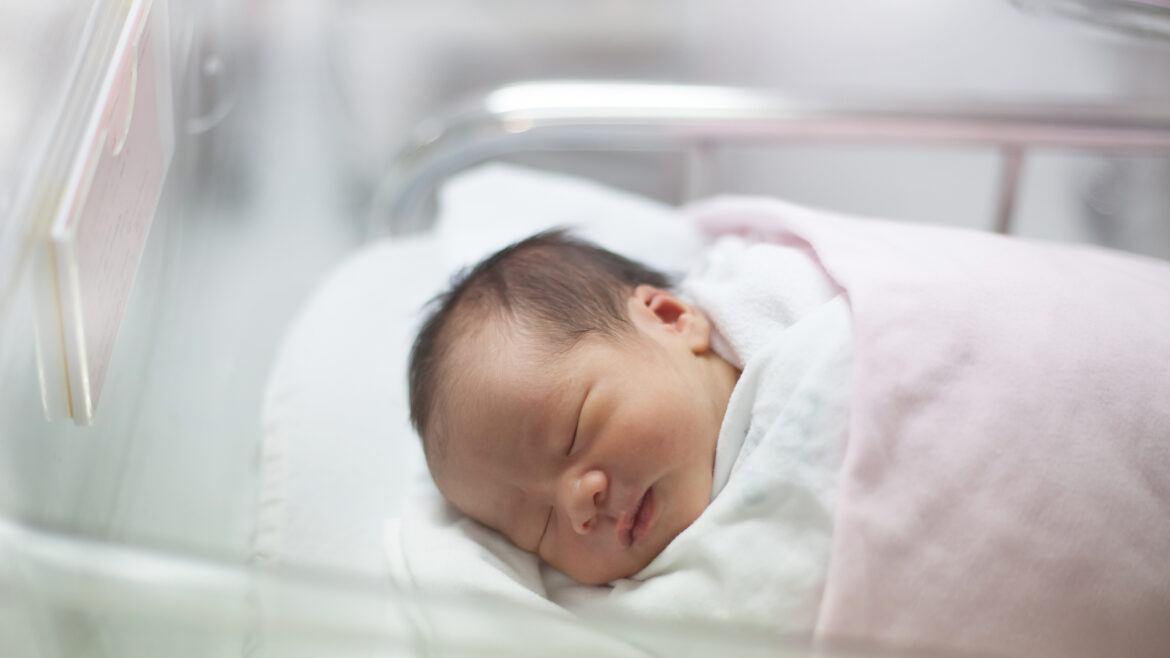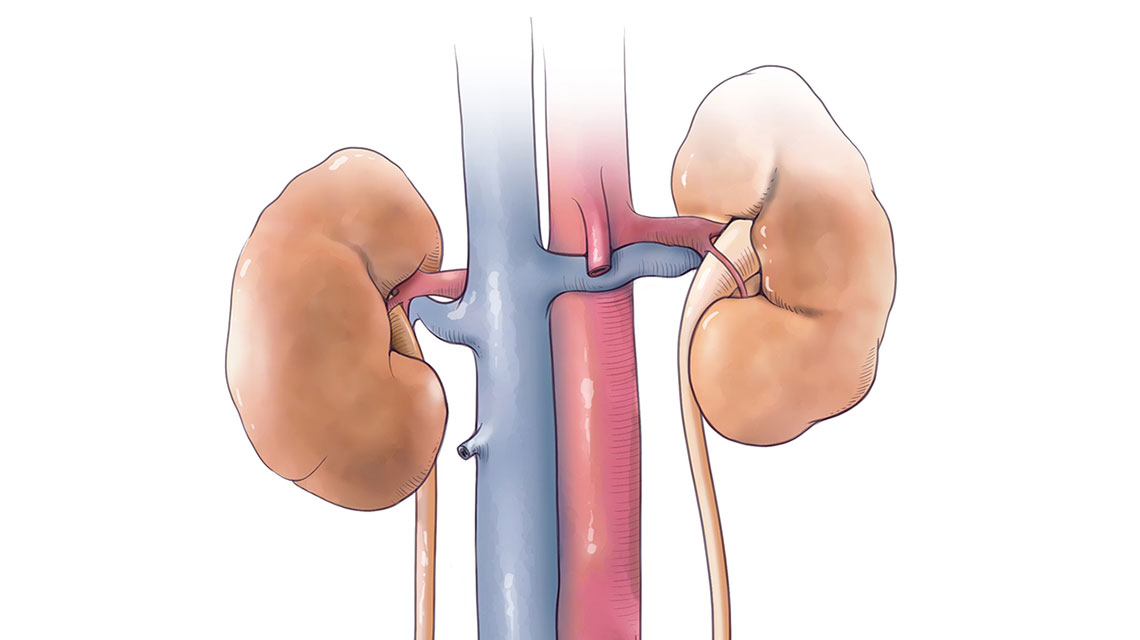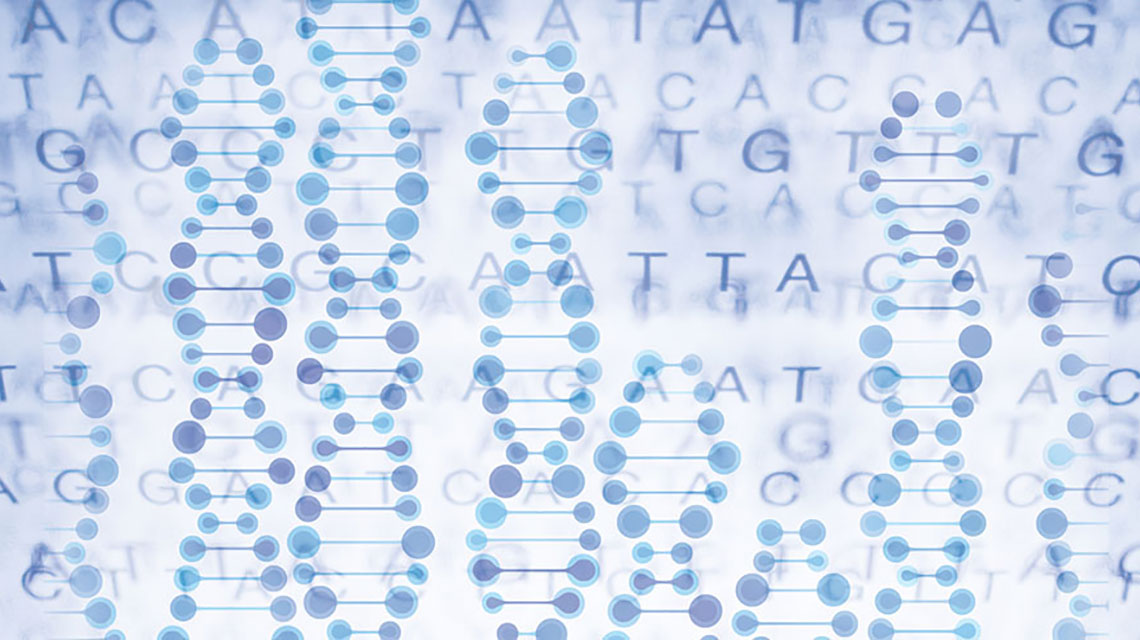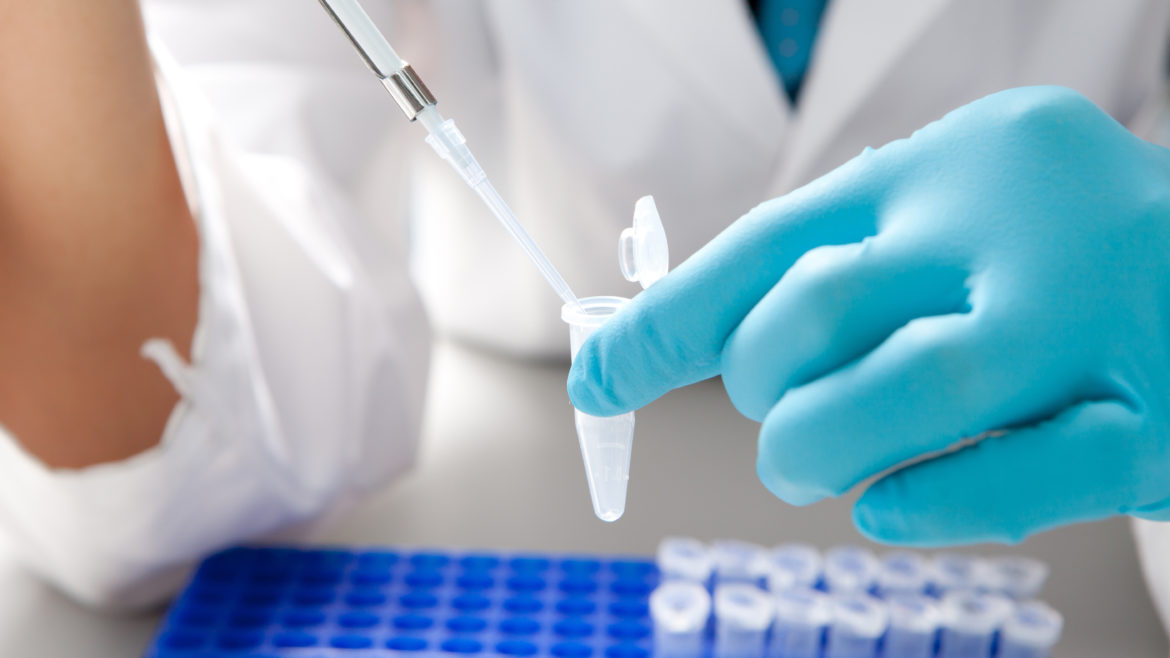Improving UTI Detection in Neonates: Antimicrobial Peptides and Cotton Balls
Improving UTI Detection in Neonates: Antimicrobial Peptides and Cotton Balls https://pediatricsnationwide.org/wp-content/uploads/2024/03/AdobeStock_40952832-1024x683.jpg 1024 683 Katie Brind'Amour, PhD, MS, CHES https://pediatricsnationwide.org/wp-content/uploads/2021/03/Katie-B-portrait.gifNew research sets the stage for less-invasive urinary tract infection identification in neonates 22-37 weeks gestational age. A team of researchers driving the revolution in urinary tract infection (UTI) identification using antimicrobial peptides (AMPs) has now expanded their focus from adults and children to newborns – including those born prematurely. Their latest study, published in…














